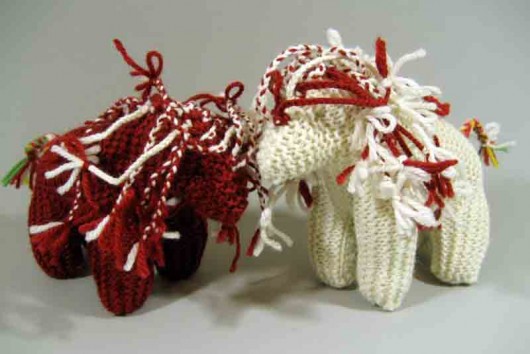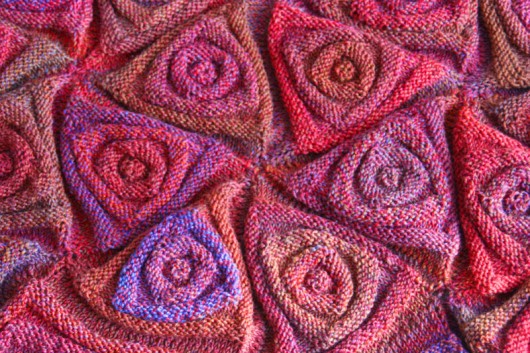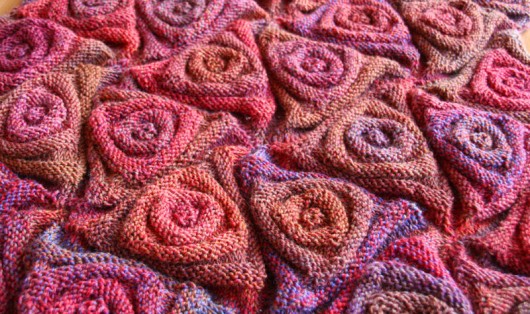 I’ve made dozens and dozens of these ponies since my son’s Waldorf pre-school teacher asked knitting parents to work some up for the school holiday fair. It wasn’t any more correct back then than it is now to share patterns or to knit from a pattern to sell goods at a school fundraiser without getting permission from the designer. But if Mrs. Behr wanted us “yellow bird” parents to knit ponies, this lawyer mom was not going to start preaching copyright law. “Let there be ponies.” I couldn’t make it to every school day event, but I could burn the midnight oil and knit ponies galore.
I’ve made dozens and dozens of these ponies since my son’s Waldorf pre-school teacher asked knitting parents to work some up for the school holiday fair. It wasn’t any more correct back then than it is now to share patterns or to knit from a pattern to sell goods at a school fundraiser without getting permission from the designer. But if Mrs. Behr wanted us “yellow bird” parents to knit ponies, this lawyer mom was not going to start preaching copyright law. “Let there be ponies.” I couldn’t make it to every school day event, but I could burn the midnight oil and knit ponies galore.
Then came grade school parenthood. More pony knitting opportunities. Invites to kid birthday parties. An excuse to knit more ponies. Meet a young pair of yoga teachers with two cute daughters. Gift them a colorful basket of ponies.
I haven’t knit ponies for awhile. The opportunities for pony knitting just don’t present as often as before.
Work is intense. I find relief in a return to old familiar knitting patterns. I thought I’d knit just one. Then I knit a companion. Then I decided one pair needed another. And finally I went for a sextet. Old familiar patterns are like comfort food for knitters, says my Ravelry friend Linda.
You know these guys are a herd because their tails are identical: two strands from each ponies’ hide color. Plus they all have the same hairdos, of course. They are stuffed with unspun Perendale wool: that’s best for knitted pony innards.
This pattern is called “Acorn Hill Horse.” It is not attributed to anyone. There has been an Acorn Hill Waldorf school in the Washington D.C area since the 1950’s (it’s in Maryland now). I leaned, In 2017 that Acorn Hill, now of Silver Spring, Maryland is definitely the source of this sweet pattern. My version has been called Rasta Pony from time to time. In May of 2017 I received written permission to publish my version of this pony, with its errors corrected, pony’s mane flying wild, all updated to suit the sensibilities of modern knitters. Here’s a link to the free pattern. Knit on!
Waldorf students learn to knit and crochet from first grade on. It builds fine motor skills, rudimentary math skills, and an appreciation for the beauty of craft. “Receive the child with reverence, educate the child with love, let the child go forth in freedom.” Rudolph Steiner (founder of Waldorf education).









